After some experimentation I can now confirm that use of painters clear thick Visqueen $5 for about 50 SF, is effective in drastically reducing evaporation in dry climates, Saves on chilling and heating cost, and generates for me about 1/2 gallon of purified water (PW) daily per 4 square feet of tank surface area and for me that comes out to about 10 gallons of RO per-day without the use of power or equipment. This method PW generator has been around for a bout 100 years
Example below visqueen is cut to size with about 4 inches of overhang and laid over the tank with all covers and lighting removed, the back-splash portion is left pointing up to allow air and access. Note how initially the plastic drapes onto the water, this will change.
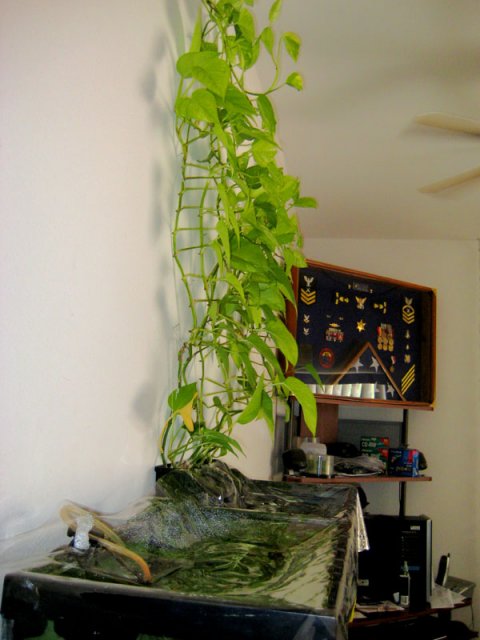
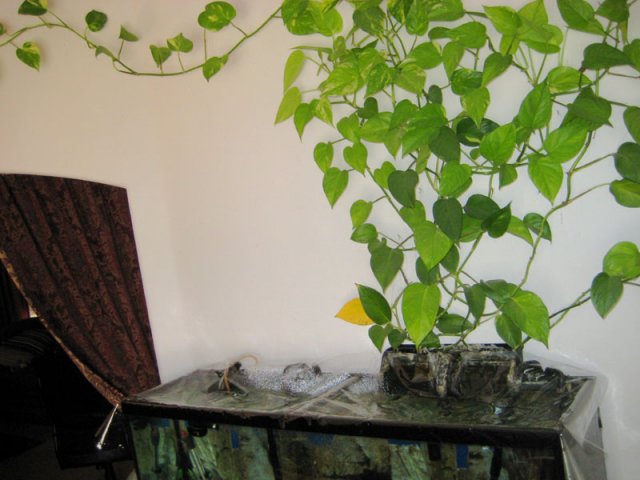
Below the glass lids (on top of visqueen) and lighting (on top of glass) are placed back on and the visqueen slack is pulled tight enough so that only the middle portion touches the water providing a path for PW condensation flow back to tank. Visqueen is held in place by glass lids.
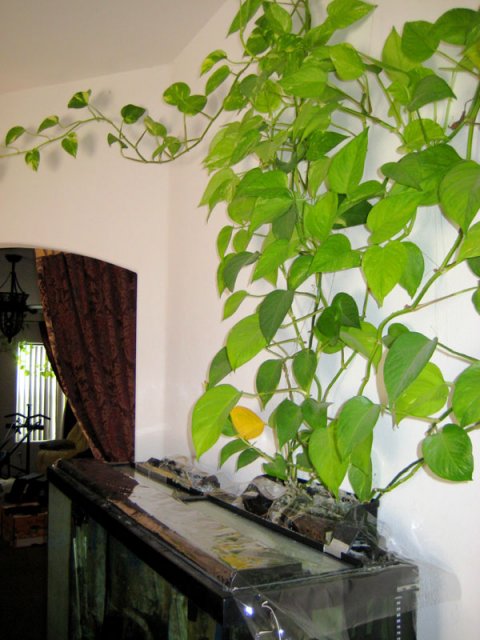
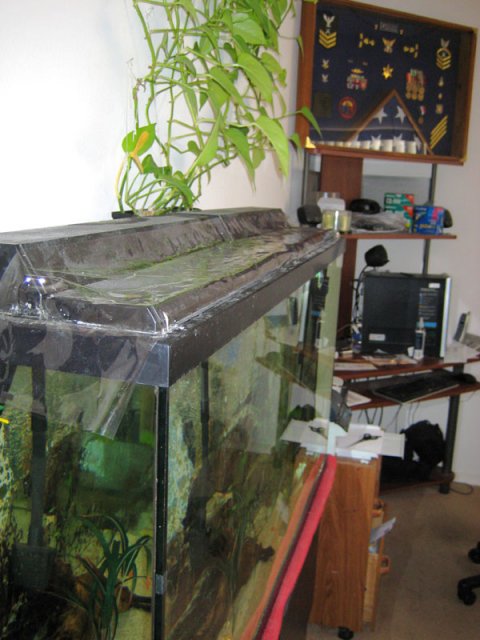
Below you can see how most of the visqueen is out of the water collecting and condensing evaporating water which collects and under gravity forced to return to tank purified. Purified water which is better then RO of course.
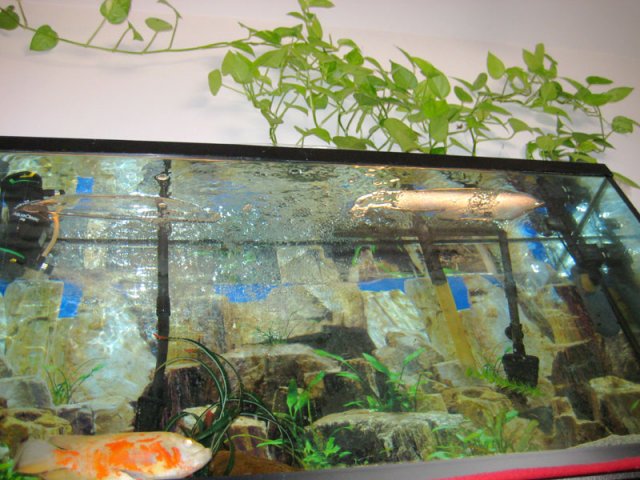
My tanks are now at about 98% natural cycling and self purifying to the point where most waterchange maintenance is now almost redundant in my highly specialized setup.





Example below visqueen is cut to size with about 4 inches of overhang and laid over the tank with all covers and lighting removed, the back-splash portion is left pointing up to allow air and access. Note how initially the plastic drapes onto the water, this will change.


Below the glass lids (on top of visqueen) and lighting (on top of glass) are placed back on and the visqueen slack is pulled tight enough so that only the middle portion touches the water providing a path for PW condensation flow back to tank. Visqueen is held in place by glass lids.


Below you can see how most of the visqueen is out of the water collecting and condensing evaporating water which collects and under gravity forced to return to tank purified. Purified water which is better then RO of course.

My tanks are now at about 98% natural cycling and self purifying to the point where most waterchange maintenance is now almost redundant in my highly specialized setup.





Last edited:


